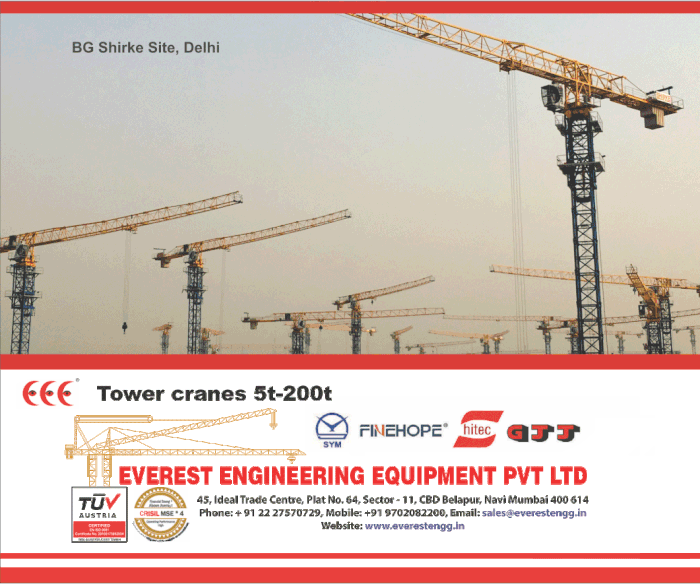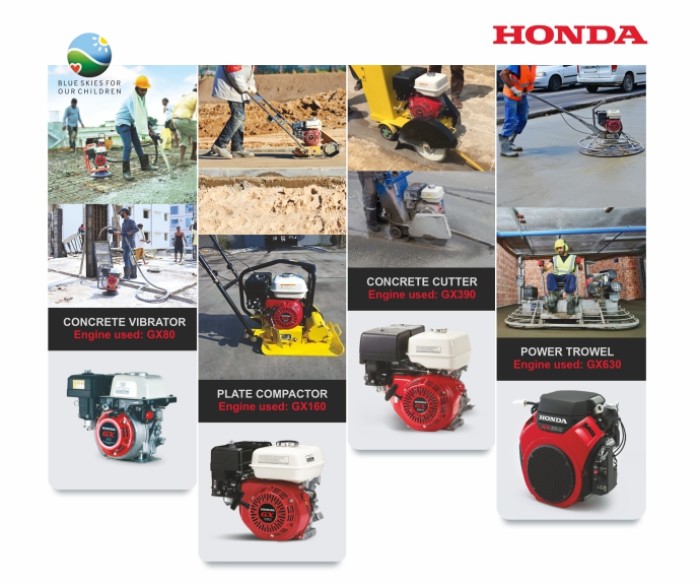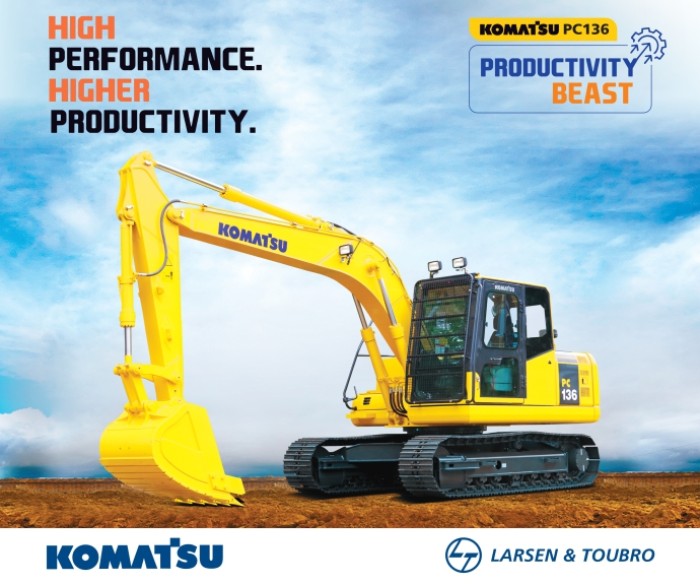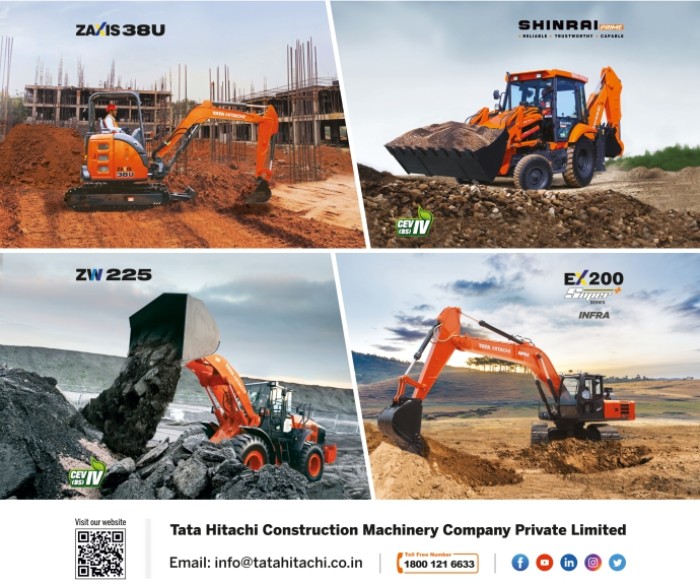DMRC Launches All-in-One Travel App to Revolutionize Delhi Commuting
In a major step toward transforming urban mobility, the Delhi Metro Rail Corporation (DMRC) has rolled out an upgraded version of its mobile application—Sarthi-Momentum 2.0. This all-in-one travel solution brings together metro travel and first/last-mile connectivity, simplifying city commuting like never before.Developed in collaboration with Autope Payment Solutions Ltd., the new platform lets users plan and book their entire journey—including metro tickets, bike taxis, and auto-rickshaws—all through a single, seamless transaction. No more hopping between apps or making separate bookings.
Here’s how it works: commuters simply enter their destination, and the app intelligently maps the nearest metro station and suggests suitable first- and last-mile travel options. Whether it’s a bike taxi or auto-rickshaw, a ride is arranged from the user’s doorstep to the metro. Before reaching the destination station, another ride is auto-booked for the final leg of the journey. If the destination is close enough to walk, vehicle options are skipped—with a walking navigation feature coming soon.DMRC has joined hands with Rapido for general two-wheeler services and SheRyds, a women-led startup providing exclusive bike taxi rides for women, ensuring comfort and safety for female commuters.
“With this launch, we’re tackling one of urban transport’s biggest pain points—first and last-mile connectivity. Sarthi-Momentum 2.0 makes metro travel smoother, smarter, and more commuter-friendly,” said Vikas Kumar, Managing Director of DMRC.
The app is poised to make public transport in Delhi not just efficient but effortlessly integrated—offering a faster, more reliable, and cost-effective way to navigate the capital city.
















Leave a comment